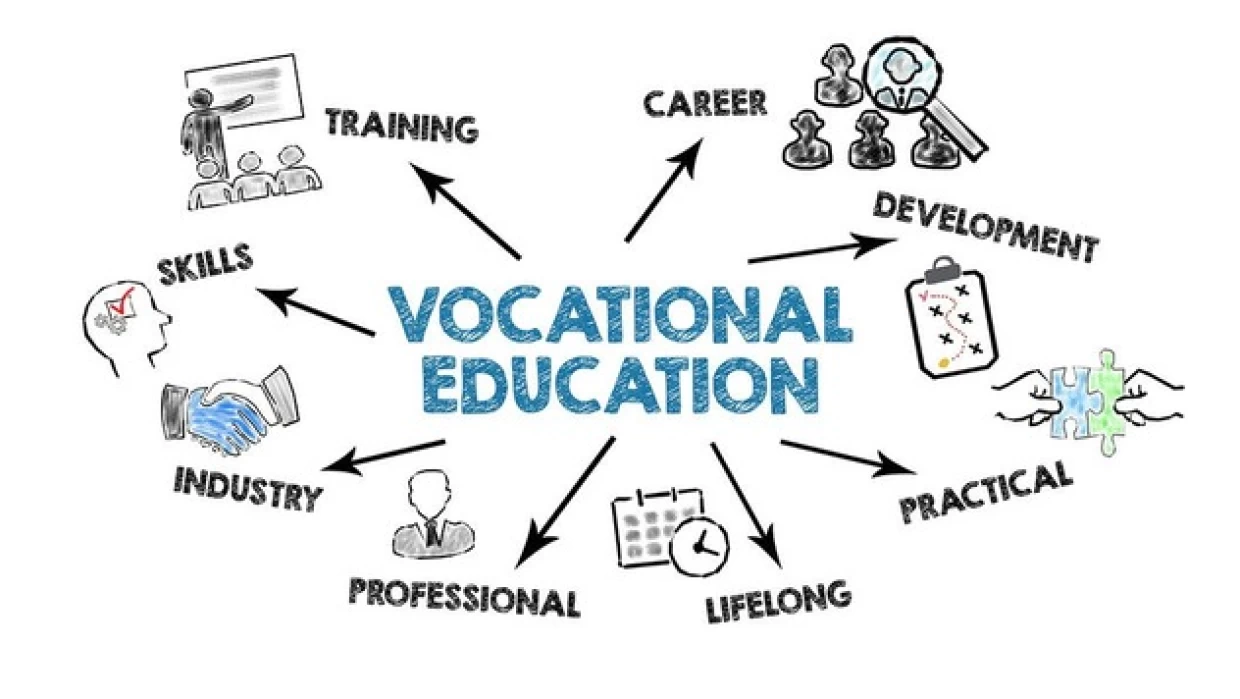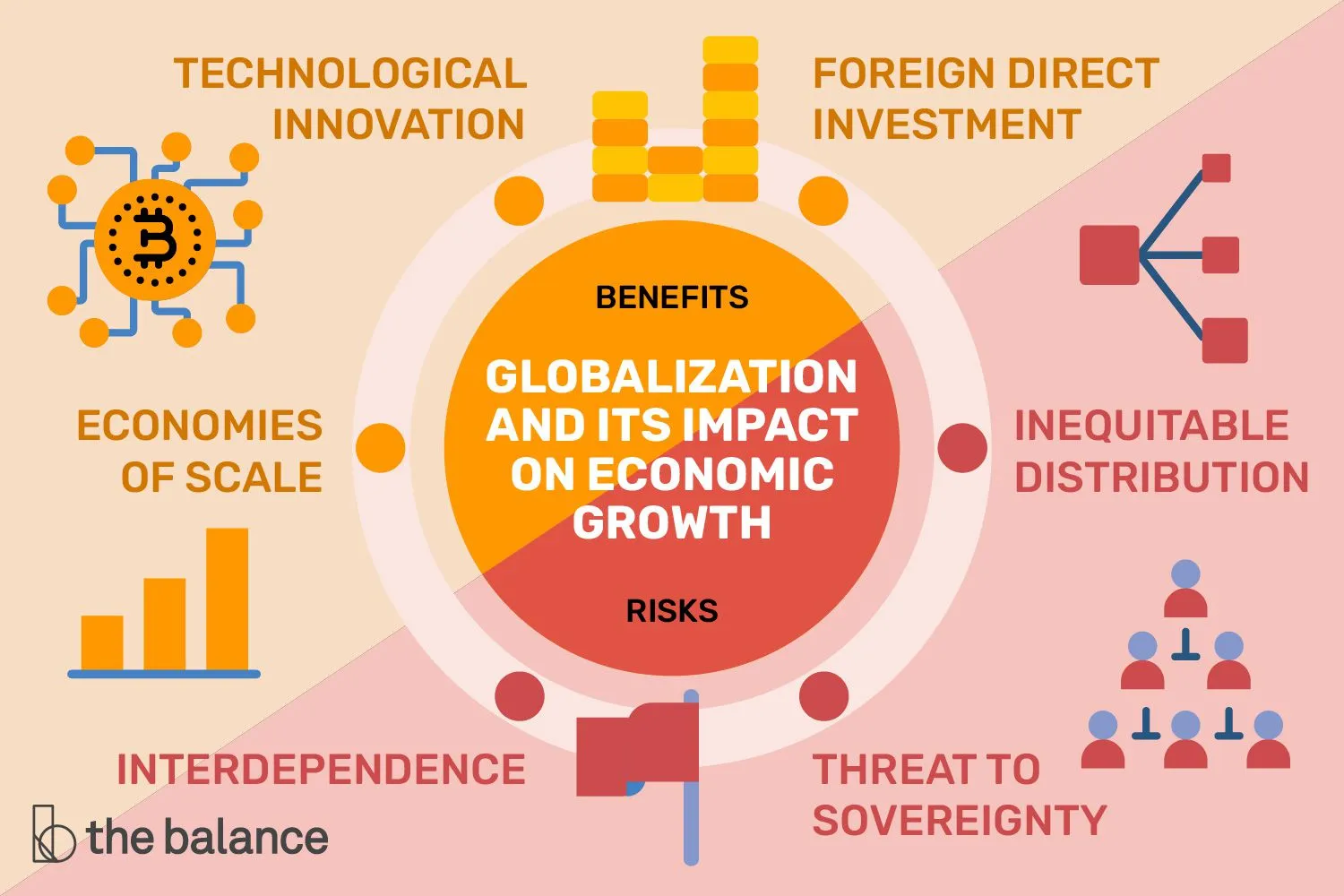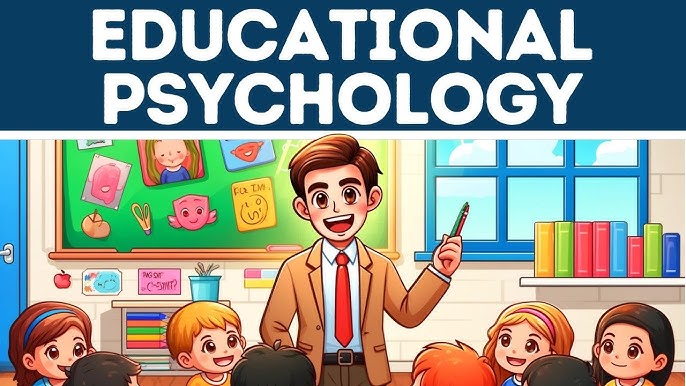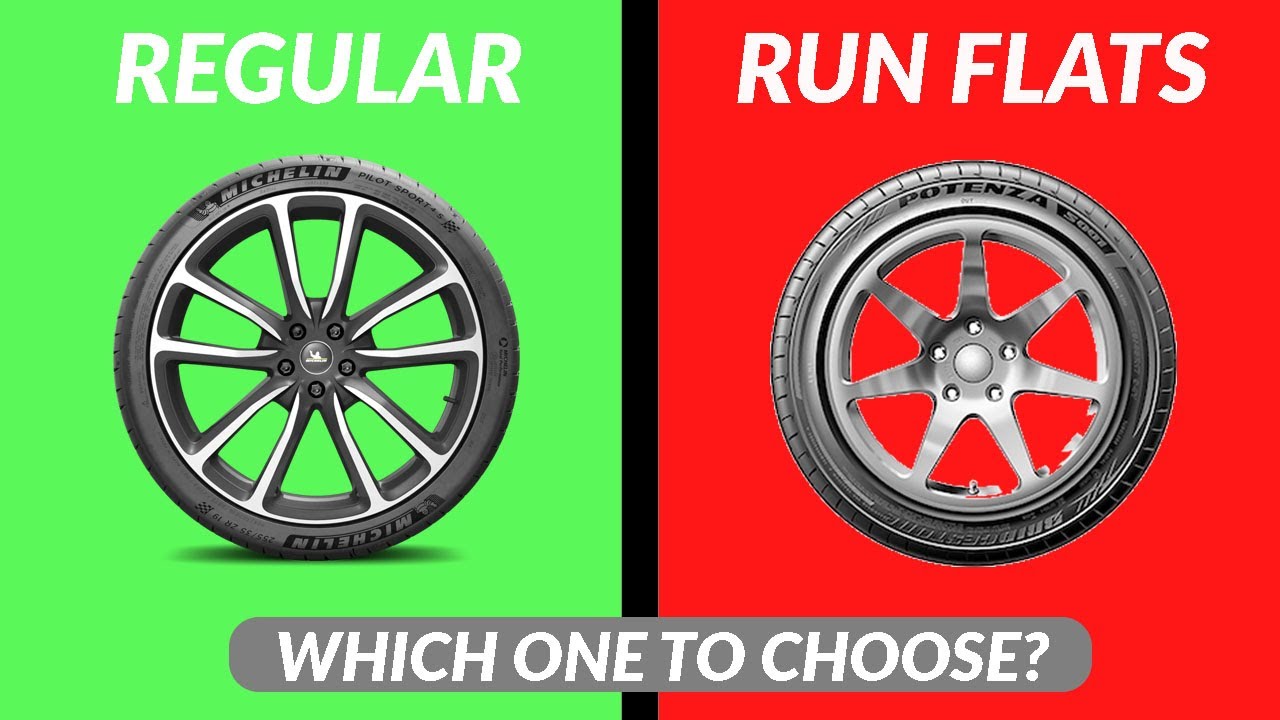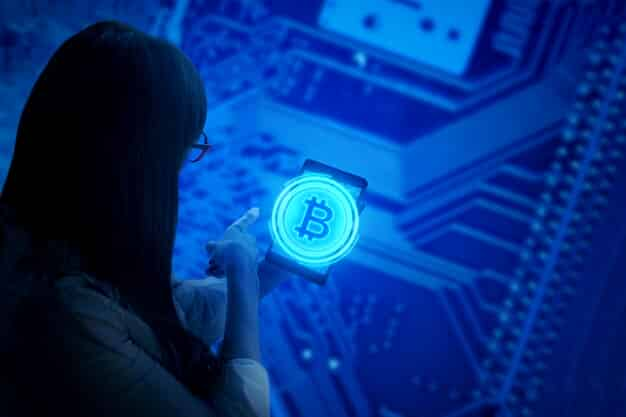What Is Physical Education? Explained!
Mia Wilson
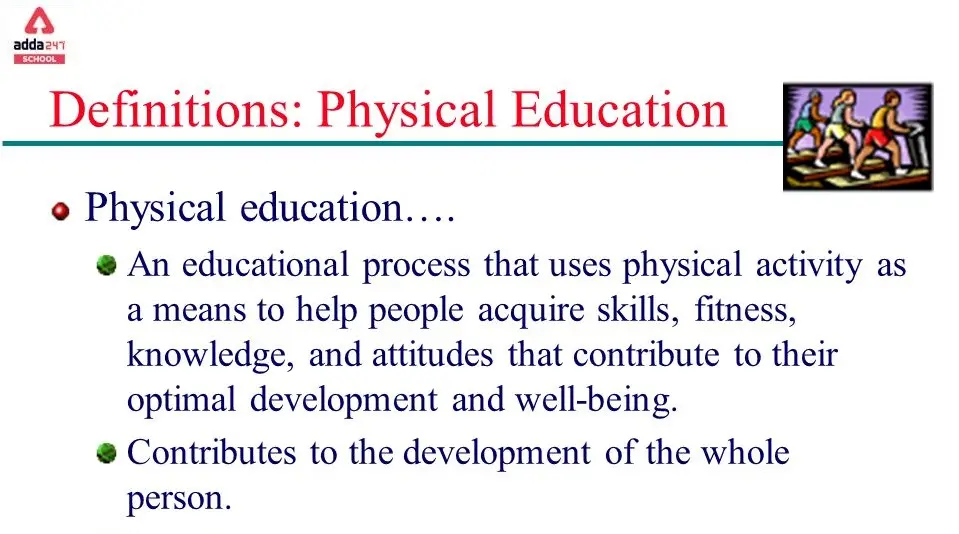
Photo: What Is Physical Education? Explained!
What Is Physical Education? Explained!
Physical education (PE) is an essential component of education that focuses on developing physical fitness, motor skills, and a comprehensive understanding of health and wellness. It is much more than just engaging in sports or physical activity it is a carefully designed program that contributes to the holistic development of individuals physically, mentally, and socially.
In this article, we’ll explore the concept of physical education, its history, objectives, benefits, and how it plays a crucial role in fostering healthy lifestyles. By the end, you’ll have a clear understanding of why PE is a vital part of education systems worldwide.
A Brief History of Physical Education
Physical education has been part of human civilization for centuries. The concept dates back to ancient times when physical training was primarily used to prepare individuals for survival, combat, and hunting. Let’s take a closer look at how physical education evolved over time:
- Ancient Greece: The Greeks placed immense value on physical fitness. The Olympic Games, which originated in ancient Greece, were a testament to their dedication to physical excellence. Physical education was a central part of their educational system, especially for young men who trained in various sports and activities.
- Medieval Period: During this time, physical training took a back seat as intellectual pursuits dominated. However, knights and warriors continued to undergo rigorous physical training in preparation for battle.
- 19th and 20th Century: The modern form of physical education began to take shape during the Industrial Revolution. Schools in Europe and the United States started incorporating structured physical activities into their curricula, emphasizing gymnastics, calisthenics, and sports. Dr. Thomas Arnold, a significant figure in British education, played a pivotal role in introducing physical education in schools to promote discipline and character development.
Objectives of Physical Education
The primary goal of physical education is to foster overall well-being. Let’s break down the main objectives:
- Promote Physical Fitness:
PE programs are designed to improve cardiovascular endurance, muscular strength, flexibility, and overall fitness levels. - Enhance Motor Skills:
Physical education helps students develop fundamental motor skills such as running, jumping, throwing, and catching, which are essential for various sports and activities. - Encourage Healthy Habits:
By teaching the importance of regular exercise, balanced nutrition, and proper hygiene, PE promotes lifelong healthy habits. - Develop Social Skills:
Participating in team sports and group activities helps students improve their communication, cooperation, and leadership skills. - Boost Mental Health:
Physical activity has been proven to reduce stress, anxiety, and depression. PE contributes to better mental health by releasing endorphins and fostering a sense of achievement.
Key Components of Physical Education Programs
Effective physical education programs typically include several core components designed to achieve the objectives outlined above. These components ensure that students gain a well-rounded experience that addresses various aspects of health and fitness.
1. Physical Fitness Activities
Activities such as running, cycling, and aerobics are included to improve students’ cardiovascular health, endurance, and strength. Schools often use fitness tests to measure progress and set fitness goals.
2. Skill Development
Students learn specific skills related to different sports, including techniques for playing soccer, basketball, tennis, and volleyball. Skill development is crucial for improving hand-eye coordination, agility, and balance.
3. Team Sports
Team sports encourage collaboration and communication among students. They help build trust and foster a sense of belonging, which can positively impact a child’s social and emotional development.
4. Health Education
Alongside physical activity, health education is a vital part of PE. Students learn about nutrition, injury prevention, and the long-term benefits of maintaining an active lifestyle.
5. Recreational Activities
PE isn’t solely about competition. Recreational activities like yoga, dance, and hiking offer alternative ways to stay active and promote relaxation and stress relief.
Benefits of Physical Education
The benefits of physical education extend far beyond the gymnasium or playing field. A well-structured PE program can significantly enhance various aspects of a student’s life:
1. Improved Physical Health
Regular physical activity helps combat obesity, reduces the risk of chronic diseases such as diabetes and heart disease, and strengthens bones and muscles.
2. Better Academic Performance
Research has shown that students who participate in regular physical activity tend to perform better academically. Exercise increases blood flow to the brain, improving concentration and cognitive function.
3. Enhanced Emotional Well-being
Physical education provides a constructive outlet for stress and anxiety. Activities that involve movement and exercise trigger the release of endorphins, the body’s natural mood elevators.
4. Social Development
Through team-based activities, students learn the importance of cooperation, respect for others, and effective communication. These skills are valuable both in and out of school.
5. Lifelong Skills
By exposing students to a variety of physical activities, PE encourages them to discover forms of exercise they enjoy. This increases the likelihood that they will continue to lead active lives as adults.
Challenges Facing Physical Education Today
Despite its numerous benefits, physical education faces several challenges in modern education systems:
- Insufficient Funding: Many schools struggle with inadequate funding for PE programs, resulting in limited equipment and facilities.
- Academic Pressure: With an increasing emphasis on academic achievement, some schools reduce time allocated to PE to focus more on traditional subjects like math and science.
- Lack of Qualified Instructors: Effective physical education requires trained instructors who understand both the physical and psychological aspects of fitness. However, some schools face a shortage of qualified PE teachers.
The Future of Physical Education
As society becomes more health-conscious, the role of physical education is likely to evolve. Emerging trends include the integration of technology in PE, such as fitness apps and wearable devices to track progress. Additionally, there is a growing emphasis on mental health, with schools incorporating mindfulness and stress-relief activities into their PE programs.
Policy changes at the national and local levels can also play a significant role in improving the quality and accessibility of physical education. Initiatives that promote active lifestyles, such as community fitness programs and public awareness campaigns, are critical for fostering a culture of wellness.
Conclusion
Physical education is a vital aspect of personal development that goes far beyond physical fitness. It nurtures essential life skills, promotes mental well-being, and encourages a lifelong commitment to health. Despite facing various challenges, PE remains an integral part of education systems, and its future looks promising with the continued focus on holistic well-being.
Whether it’s improving physical fitness, fostering teamwork, or teaching healthy habits, physical education plays a crucial role in shaping well-rounded individuals. As we continue to prioritize health in education, PE will undoubtedly remain a cornerstone of student development.
For You
View AllUnderstand vocational education and how it prepares individuals for hands-on careers. Explore practical learning today!
Mia Wilson
Discover the top performance car brands that dominate the market with speed, style, and innovation. Find your dream car now!
Mia Wilson
Learn how globalization impacts economies worldwide, from trade to employment. Click for a balanced analysis!
Mia Wilson
Discover educational psychology and how it enhances teaching and learning processes. Unlock better understanding today!
Mia Wilson
Compare run-flat tires with normal tires to see their pros, cons, and which is better for your driving needs. Learn more today!
Mia Wilson
Explore the latest blockchain trends and innovations shaping the digital future.
Mia Wilson
Education
View All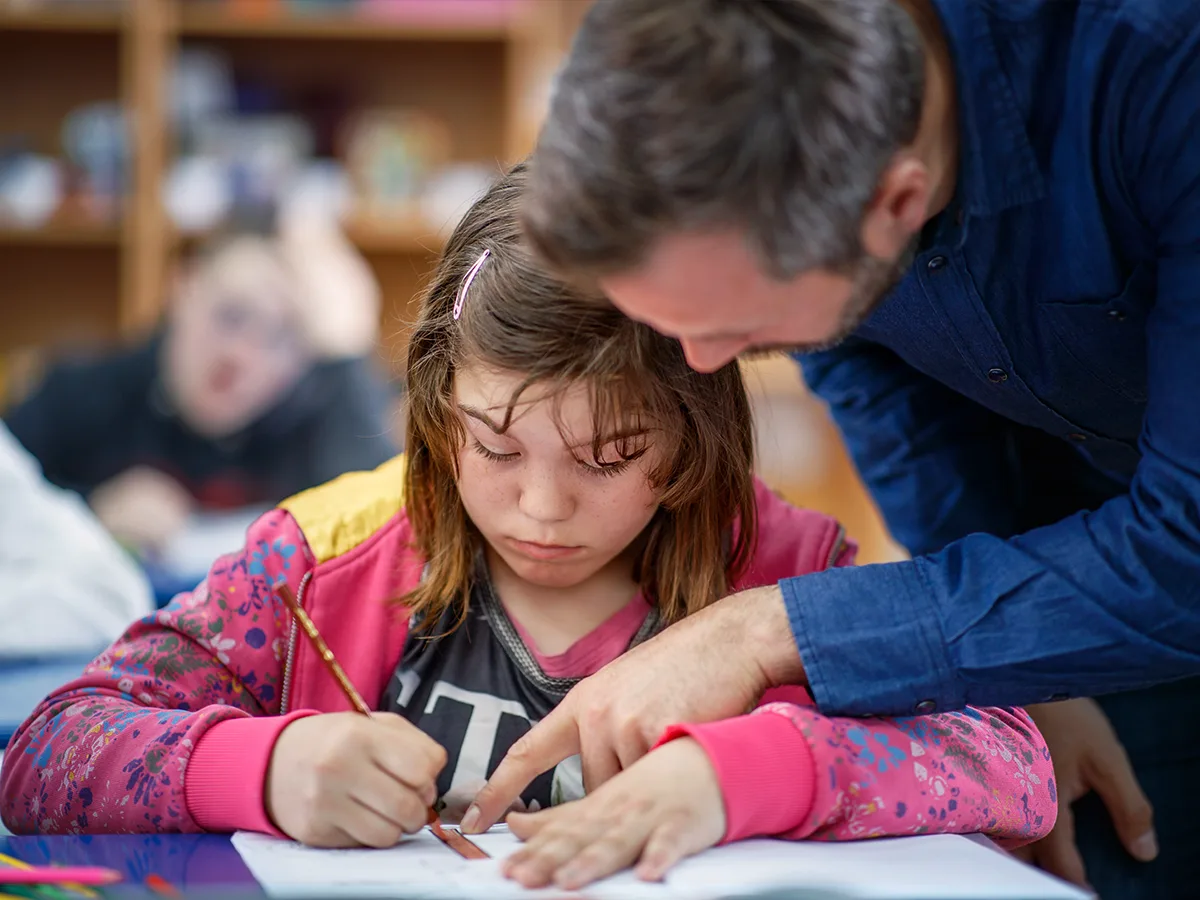
April 18, 2025
What Is Special Education?
Dive into special education, its purpose, and how it supports students with unique needs. Learn how it changes lives!

April 14, 2025
What Is Physical Education? Explained!
Discover the importance of physical education, its benefits, and why it's crucial for overall development. Learn more now!
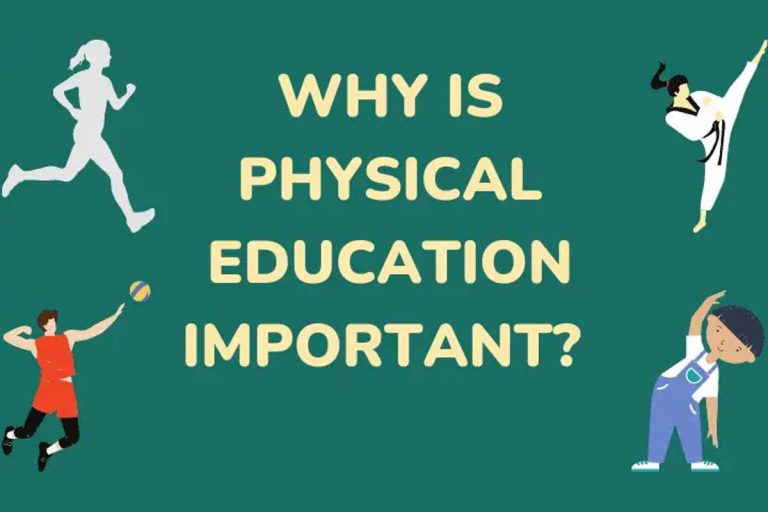
April 25, 2025
Why Is Physical Education Important?
Learn why physical education is essential for health, academics, and personal growth. Get inspired to stay active!
